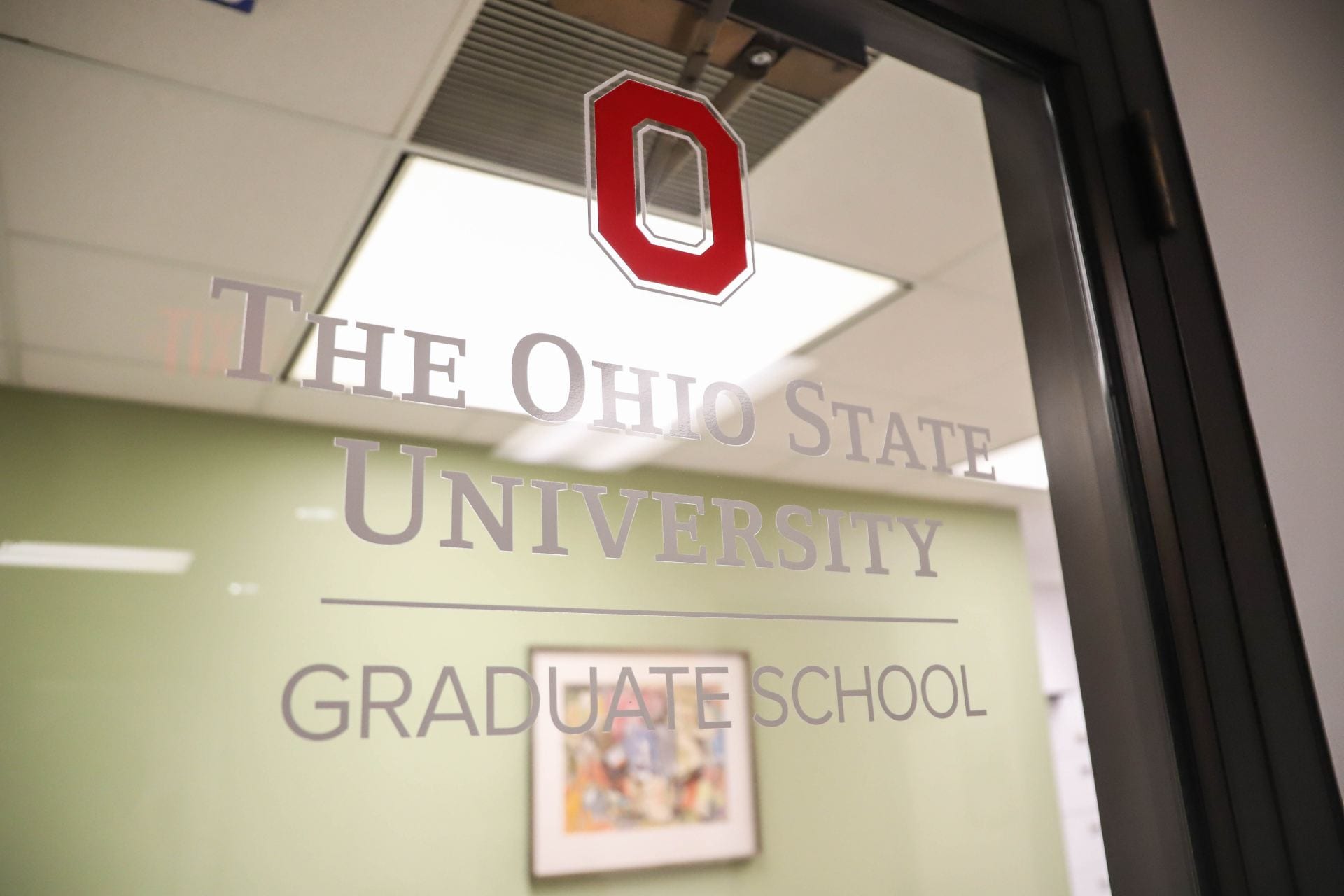
Students looking to attend graduate school might fear financial struggles when obtaining their degree. Ohio State offers many solutions for this issue. Credit: Casey Cascaldo | Lantern File Photo
With just under 300 graduate degrees and programs, Ohio State hopes to lessen the financial burden for prospective students who seek to continue their collegiate career but worry about the high cost attached to obtaining the degree.
Despite the high initial price tag — with some programs listed at roughly $60,000 per year for those outside of the state — leadership at Ohio State is working to assure future scholars the school offers many different financial support systems. Mary Stromberger, dean of the Graduate School, said in an email there are many resources to help “reduce the cost” of funding for graduate school — including grants, scholarships, associateships, fellowships and loans.
As grants are largely based on demonstrating a need for aid, and scholarships are given as a result of merit achievement, Stromberger said most graduate students are automatically considered for these financial aid options when they apply to programs. Students can also find external scholarships and grants using ScholarshipUniverse and The Graduate School’s website.
Stromberger said fellowships — in which graduate students receive aid for their schooling through tuition and fee coverage, stipends and other monthly benefits — are sought after by many and require a rigorous application process.
“Fellowships are highly competitive and highly desirable because students are not asked to do additional work in exchange for the fellowships,” Stromberger said.
She also said most fellowships are awarded to doctoral students, with approximately 10 percent a year receiving a graduate school fellowship, from either internal or external agencies.
Stromberger said fellowships can be granted for one, two or three years of a program depending upon the specific award given.
Another highly coveted form of financial aid for graduate students includes associateships, which support around 70-75 percent of doctoral students through monthly stipends, tuition and fee awards in exchange for teaching and researching for the university, Stromberger said.
“[Graduate Assistant] appointments are highly sought-after, not just because of the financial benefits provided, but because they provide valuable professional training for graduate students to prepare themselves for careers in academia, government or private industry,” Stromberger said.
Dan Evans, operation manager at BuckeyeLink, said while these forms of financial aid are often viewed as free money, most of these awards do not cover the entire cost of attendance; thus, loans are a popular option in financing graduate school.
“Through the Student Financial Aid office, graduate students can be awarded Federal unsubsidized loans or Graduate PLUS loans,” Evans said.
These loans require an application for Federal Student Aid, commonly known as FAFSA, Evans said. Unsubsidized loans, in which interest starts accumulating the moment the loan is taken out, are automatically granted, whereas Graduate PLUS loans require a separate application in addition to the completion of FAFSA.
Stromberger said graduate student loan conditions differ from those of undergraduate loans because graduate loans “require interest payments while the student is enrolled” with higher interest rates.
“Graduate students should consult with a financial aid officer in the Office of Financial Aid before taking a loan and be fully knowledgeable of the loan’s terms and repayment plan,” Stromberger said.
Stromberger said another recent popular method in paying for graduate school includes employer or personal funds. The university recognizes the challenges of halting employment in order to pursue a graduate degree, so many programs have started to allow both at the same time. As individuals seek to advance their educational careers, employers are recognizing the benefits of an increasingly knowledgeable workforce, and some are granting employees tuition benefits, Stromberger said.
Stromberger said around 25 percent of the university’s current master’s students receive employer funding to financially aid their graduate careers, including Ohio State employees who receive benefits from the university.
“The benefits of a graduate degree, in terms of career advancement and salary opportunities, most often make it a worthy investment,” Stromberger said.


